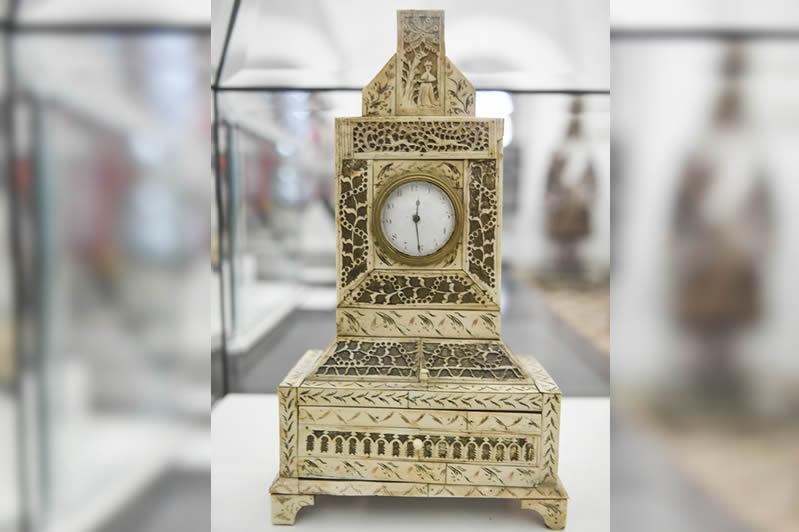January 26 marked the launch of “Researcher and Artist: Expedition Art” project in Zaryadye Park. The organizers dedicated it to the research of the Arctic over the last 400 years and timed it to the end of the second year of the Great Scientific Expedition of the Siberian Branch of the Russian Academy of Sciences.
The project is being held simultaneously at several venues – in Zaryadye Park, the State Darwin Museum and the Russian State Stroganov University of Industry and Applied Arts. Museums of Krasnoyarsk, Norilsk, Arkhangelsk, Dudinka, the Siberian Branch and the Institute of Oceanology of the Russian Academy of Sciences have become participants also.
The project is going to offer an extensive educational program with lectures and master classes to be held by scientists, artists, and art critics. This unique endeavor was made possible thanks to Nornickel, which has been supporting the Great Scientific Expedition for two years.
The project is going to offer an extensive educational program with lectures and master classes to be held by scientists, artists, and art critics. This unique endeavor was made possible thanks to Nornickel, which has been supporting the Great Scientific Expedition for two years.
STANISLAV SELEZNEV
Vice President of Nornickel for Environment and Industrial Safety
The “science, art and culture” triad is vital to our company. We want the results of our expeditions to be accessible, clear, well articulated, and communicated to as many people as possible. In my experience, I have never seen projects like this before. I am happy that the artworks collected here can show the entire history and all facets of man's attitude to the Arctic.
In glory of pioneers
It was not without reason that the project was launched in Zaryadye Park. This is where the Old English Court, an architectural monument of the 16th century, is located. It was from here that the first scientific and fishing expeditions set off for the Arctic. In small rooms with low vaulted ceilings visitors can see the historical part of the exposition. You can't fit many exhibits in medieval rooms, but each of them is unique.

For example, the ancient maps of the Arctic illustrate how perceptions of the Arctic have changed over the centuries. Under Tsar Alexei Mikhailovich, exploration was just beginning, so they relied on maps from late antiquity. The ancients believed that the Arctic was a separate continent with the North Pole in the middle. Then there were the expeditions with Barents and Bering – both made discoveries which helped bring about our modern understanding of the Arctic.





























